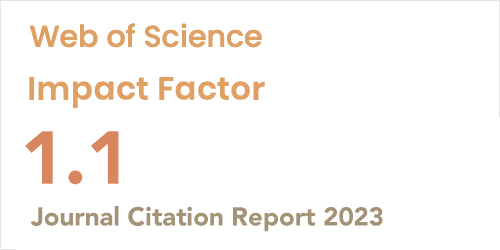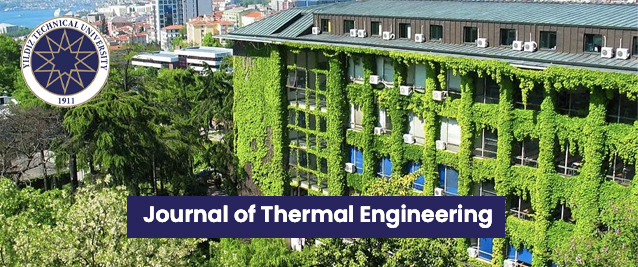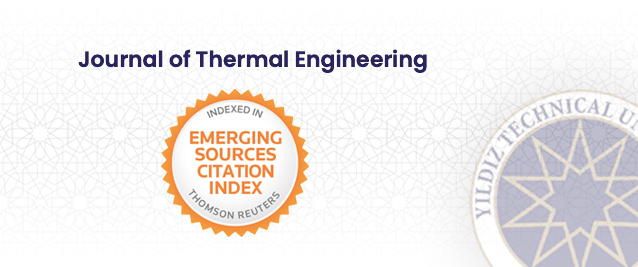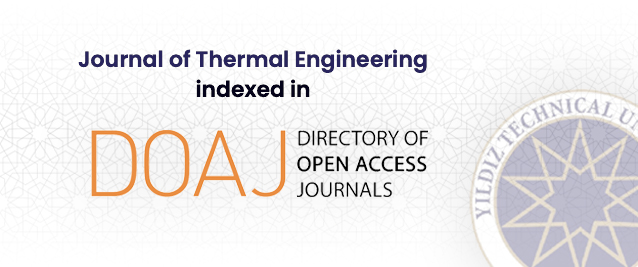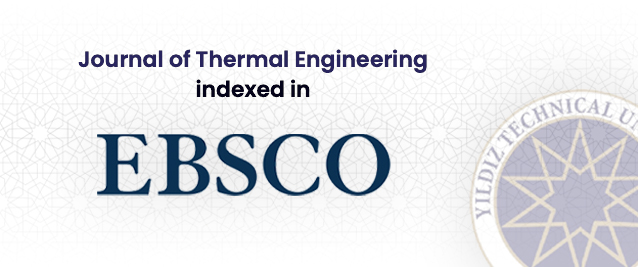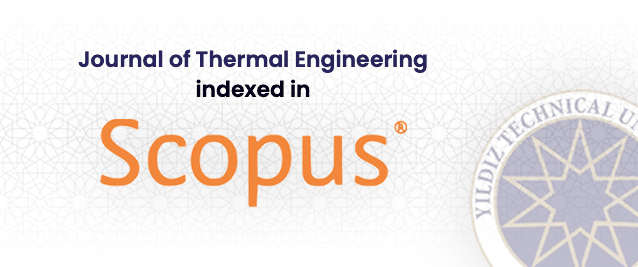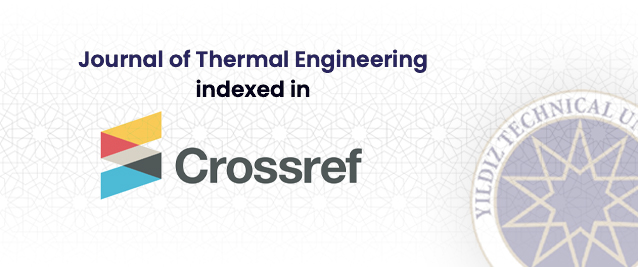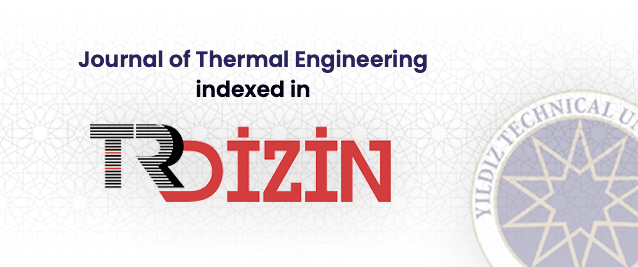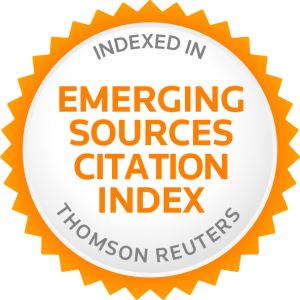2Department of Food Technology, Faculty of Agricultural Technology, Widya Mandala Catholic University, Surabaya, 60265, Indonesia
Abstract
Sugarcane is the primary source of natural sweeteners that are always needed. North Sumatra is a province in Indonesia with a population of 14.8 million. It consumes as much as 144,323 tons of sugar per year. The existing sugar factory can produce 47,122 tons. One of the by-prod-ucts of sugar factories is bagasse, which is used as fuel in boilers and has a moisture content of about 50%. Dried bagasse can be used for various purposes, such as fuel, paper, particle board and feedstock. On the other hand, the boiler exhaust gas in a sugar mill has a temperature of around 150-200 °C. This bagasse can be dried before being used in a boiler to save consump-tion. Theoretically, this heat can be used to dry bagasse. The study aimed to obtain a drying ki-netic model, the occurrence of changes in the drying stage of the falling rate, effective moisture diffusion, and errors between the kinetic model and the experiments on drying with the rotary dryer method. Things like this have been difficult to find until now. This study was conducted through an experiment of drying sugarcane bagasse using a rotary dryer on a laboratory scale. The temperatures used were around the exhaust gas temperature, namely 140, 160, 180, and 200 °C and the drum rotation was 3 rpm. The sample masses are 100, 125, and 150 gr, with a length of 3 cm. The results show that the Wang and Singh model is the most appropriate ki-netic model due to the highest correlation coefficient and the lowest Root Mean Square Error and chi-square (χ2) values. Another result obtained was that since drying, only the drying rate of the first and second stages can be seen. The change in drying rate from the first to the second stage is faster when the temperature is higher and the sample mass is less. This change occurred around the 12th to 22th minute. The effective moisture diffusion definition for 100, 125, and 150 gr sample masses at 200 °C drying temperature were 2.72 x10-5, 2.60 x 10-5, and 1.93 x 10-5 m2/s, respectively. The error between the experimental results and the Wang and Singh model mainly were below 5%.




